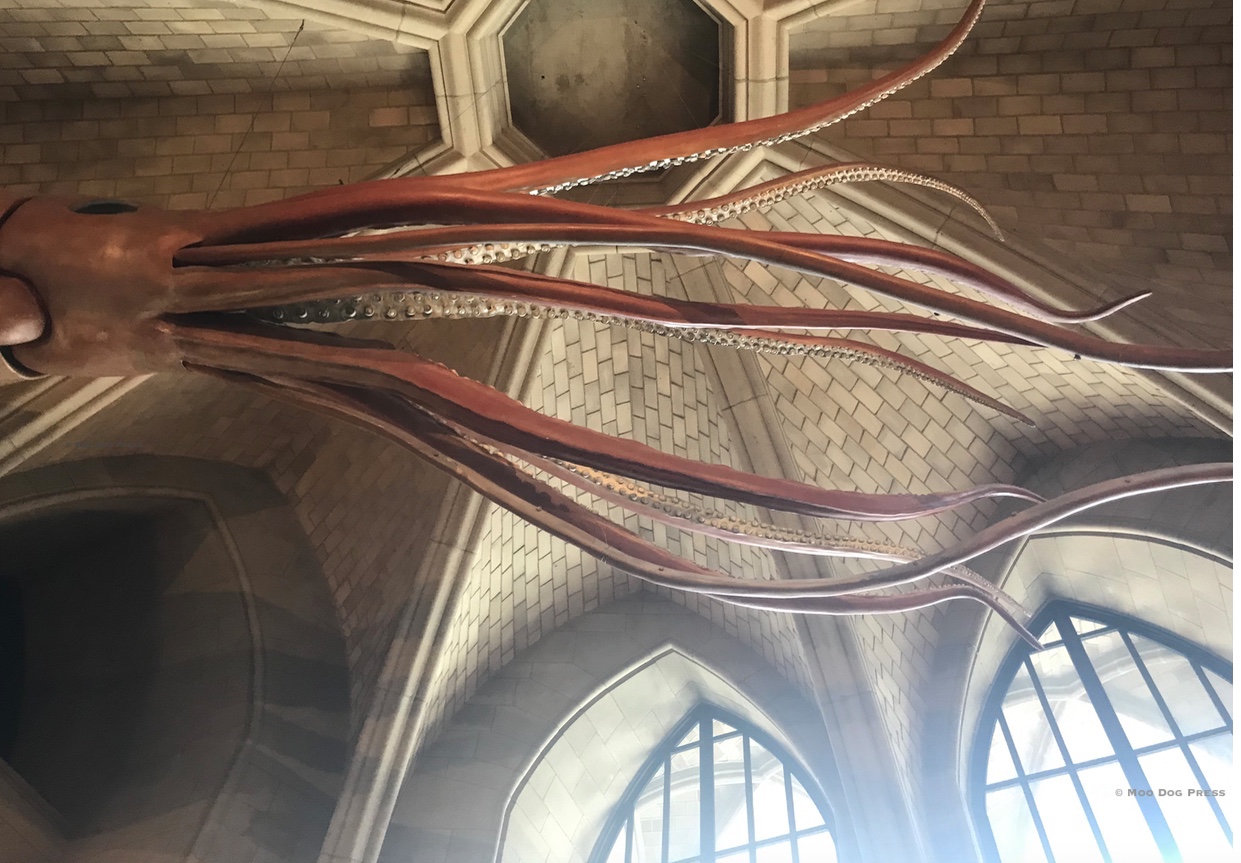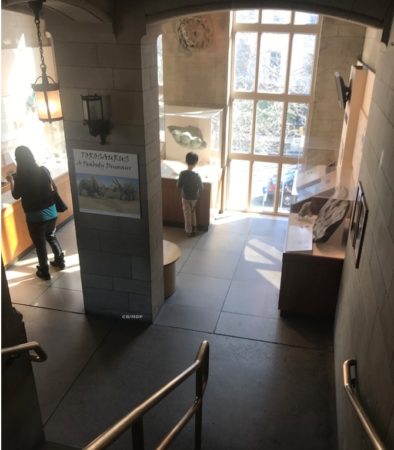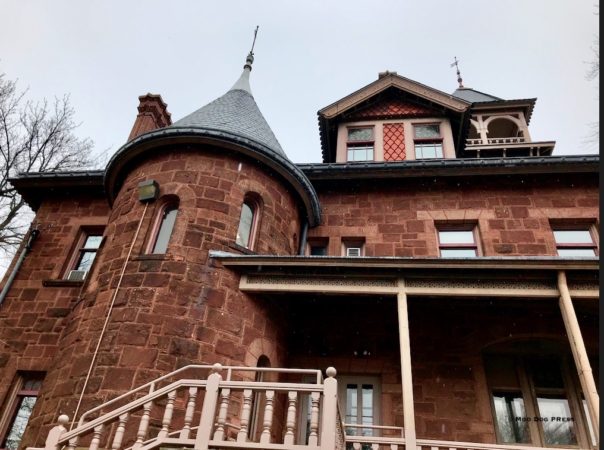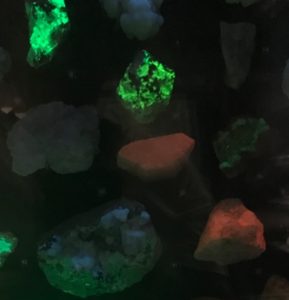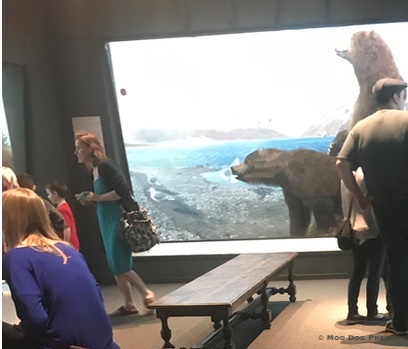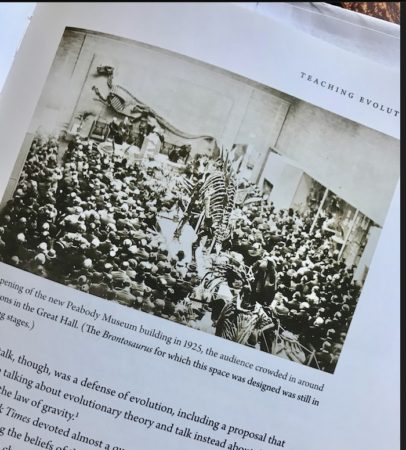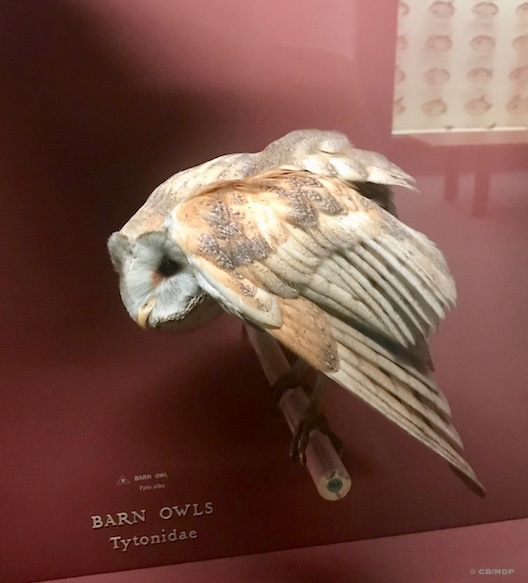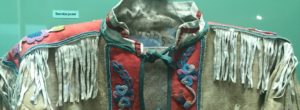O.C. Marsh: Botanical Gardens, Re-Visit Marvelous (Yale) Peabody Museum
“There is a great good in returning to a landscape that has had extraordinary meaning in one's life. It happens that we return to such places in our minds irresistibly. There are certain villages and towns, mountains and plains that, having seen them walked in them lived in them even for a day, we keep forever in the mind's eye. They become indispensable to our well-being…”
— N. Scott Momaday
The O.C. Marsh Botanical Garden and a book; how a place can grow ideas and connections across time, enrich life.
Formative experiences. Wide open spaces, fields, hikes, books at home, access to a well-stocked library (and great parents); listening to conversations. Rivers of words, inventive at times.
Music. Taking things apart, asking questions. Raised by parents who had the patience to answer (most of the time), then draw sketches to illustrate concepts. No hovering; teach and let go. Family trips to parks, picnics. Rock caves, ponds and streams, walks, hikes up the mountain, a station wagon full of children. Gardens to dig. Marbles, kites, sandbox. Packets of seeds, fruit trees, a home-built greenhouse. Dogs, a pony, another pony (not for long), rabbits, cats. Fluffy chicks at Easter that grew into roosters that lived in a run; getting chased by a rooster (not funny). Learning to climb sheds, apple trees, pines and the views from the top, wind. A special journey to a world contained within the walls of “the Peabody” in the faraway (at the time) city of New Haven.
What a visit to “the Peabody” meant for a curious child with a voracious appetite for reading, learning.
Find parking, walk to an ornate entrance. Waiting to get in. Then an entrance hall, elegant and welcoming at the same time. Trailing behind listening to my parents and older siblings, what each saw added to the journey into wonder. Dioramas of natural settings with painted backdrops that seamlessly flowed to create depth and panoramic scale behind the animals on display. Time stopped. So much detail to see. In the outdoors, life moves fast and stays hidden for the most part.
Also the mystery and attraction of rocks and minerals after outings for science projects (older
siblings), visits to Strickland Quarry in Portland, Connecticut (now a golf course). Delicious words such as feldspar, quartz, tourmaline, mica, garnet. Crystals discovered and the views from the top while having a lunch outdoors.Inside the museum, rocks that glow with fluorescence (why?) at the push of a button, and a universe of things unknown to learn about. Trying to piece together what it all meant, curious to know more. Yet all too soon it was time to leave. Another trip, always possible. As years passed, visits and tours to the Yale Peabody Museum of Natural History (YPMNH) as an adult ensued with children in tow, on school field trips as a chaperone, and then as a writer for several stories. Exhibits shift and change, but the core remains.
Stuff your eyes with wonder, live as if you'd drop dead in ten seconds. See the world. It's more fantastic than any dream made or paid for in factories. — Ray Bradbury
After a recent spontaneous visit (a reward after two deadlines) to O.C. Marsh Botanical Gardens and walking the grounds in pelting icy rain, views of the former home of O.C. Marsh, touring inside the greenhouses (more about that in another story). Othniel Charles (O.C.) Marsh, pioneering professor of vertebrate paleontology at Yale University, one of the founders of the museum.
That night finding a copy of the book about Marsh and the Peabody, reading House of Lost Worlds: Dinosaurs, Dynasties, and the Story of Life On Earth by Richard Conniff (2016), which is dedicated to “the scientists of the Yale Peabody Museum of Natural History” and features many images that simply whet the appetite to visit and explore to know more about O. C. Marsh and his life, connections to the state and in history.
Back to New Haven to tour on the day two new YPMNH exhibits opened, April 6, 2019. Ancient Mesopotamia Speaks: Highlights from the Yale Babylonian Collection and On Fly in the Salt, a traveling exhibition developed by the American Museum of Fly Fishing. Also, a special exhibit of California Gold: Modern Marvels from the Golden State that showcases “23 stunning pieces of California gold, including unusually large examples as well as smaller ones featuring extremely rare crystallographic forms.”
Days could be spent here. Fossilized pine cones, fish, trilobites, petrified wood (East Britain, Connecticut). Meteorites that fell on Wethersfield, Weston; the Red River (Texas) Meteorite. What happens to soil when lightening strikes, a vivid wall-size display of the power of natural forces. Hominids, fossils, fragments, Mary Leakey. Footprints. Holographic human image that appears behind a skull fragment in a case. (Powerful.) Hiram Bingham's camera, journal with notes. The intricate knots of a quipu, a showstopper. Bison, birds, a reconstructed dodo. Platypus, porcupine. Feathers including a fossil one that looks like it just fell to earth. Karst hills in a digital display. The awls, axes, adzes, antler punches, gouges, celts, points made by people who lived here long before any Europeans. A deerskin jacket, fringed and beaded, created by a master artist. Woodsplint baskets, incised pottery. Animal figures in stone, paint pots. The Egypt
New discoveries exhibits include contributions from people in all walks of life. Go see, be inspired; bring your children, grandchildren, a friend. Or solo, be immersed in the richness and diversity of our shared planet. Appreciate contributions of those curious and committed to sharing science, all who support this international holdfast of knowledge for the public and for scholars. (Thanks to YPMNH past and present from one child whose life you've enriched forever.)
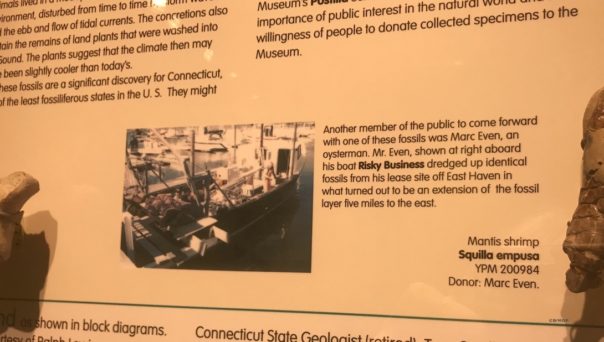
Of fossils and discoveries in Long Island Sound, off East Haven: “Another member of the public to come forward with one of these fossils was Marc Even, an oysterman…”
Note that renovations and improvements are in progress as of 2020; some favorite exhibits will not be on display as Dinosaur Hall and the Mammal Hall are closed.
Admission is $10; $8 for seniors (65 and older); free for ages 3 through 18. Closed Mondays. With a library museum pass, $6 off each admission (up to four people); but ask for details at your local library. Also, as a Blue Star Museum, YPMNH offers free admission from Memorial Day to Labor Day for up to five family members of active-duty military. As change is life, always call ahead to confirm hours and fees before your visit.

